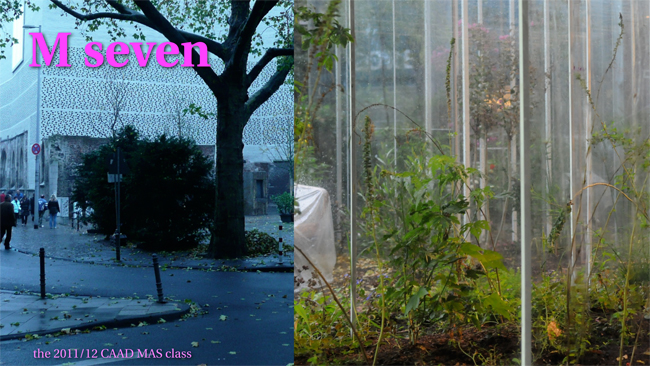
„Neither space nor number, nor even time, have the same significance for us that they had for the men [throughout history].“
(E.T. Bell 1937)
Artefacts mobilize spaces‘ and times‘ uniformity into an open scope and infinitesimal range of possible arrangements, foldings, compartimentability. With a non-romanticizing eye, we want to look at spaces of intense experience, under the following methodological assumptions: Grammar provides the possibility structure for what can be expressed in language. We will look specifically at two aspects: grammatical cases and articles. While the latter determine the definiteness or indexicality of nouns (a, this, none etc), cases provide the verbs with a voice (passive, active, medium), make possible subjects and objects of happenings distinguishable and relateable in a manner of ways (nominative, dative, instrumental, etc), and are capable of expressing circumstantial information as position or duration in space and time. In this module we will regard urban activities as verbs that engender cases, and we will regard artefacts as the specifying operators of such engendering.
It is the goal of the module that each student develops the prototype of a conceptual grammar for expressing activities‘ (verbs‘) excertable inflections on things (nouns). The experimental aspect will be to depart from an unusual perspective: we will especially be interested in specifically urban activities enhanced with technological appliances, like a hairdryer, a rice cooker, a moped, a theater space, etc. We will try to read technology in terms of auxiliary structures for expressing new verbal forms and assume that articulating intensities of experience means expressing the different forms actuality can take.
Understanding the scope of grammatical categories for what can be expressed in a way allowing for generalization, the students will gain a powerful toolbox for articulating their own brands and identities as globally active architects.
We will start with an amateur-adventure-tour through the „genesis“ of generalizing and abstracting: in what situations and contexts, and by whom, were ideas like the postulational method for investigation, integration of areas by approximation, the coordination of points, the derivation of functions, symmetry groups, variational calculus and invariants, the generality of algebraic formula, the binary code for symbolic logic, or the distinction between cardinal, ordinal or even ideal numbers invented? Each student will read one chapter (or two short ones) in E.T. Bells Men of Mathematics, The Lives and Achievements of the Great Mathematicians from Zeno to Poincaré (Touchstone 1986 [1937]) and present the core concepts in a few slides. Like this we will gather a catalog of powerful schemata of how to generalize and abstract in an enriching, not in an impoverishing way. We can regard these schemata as tools for learning to think, articulate, and dope situations.
